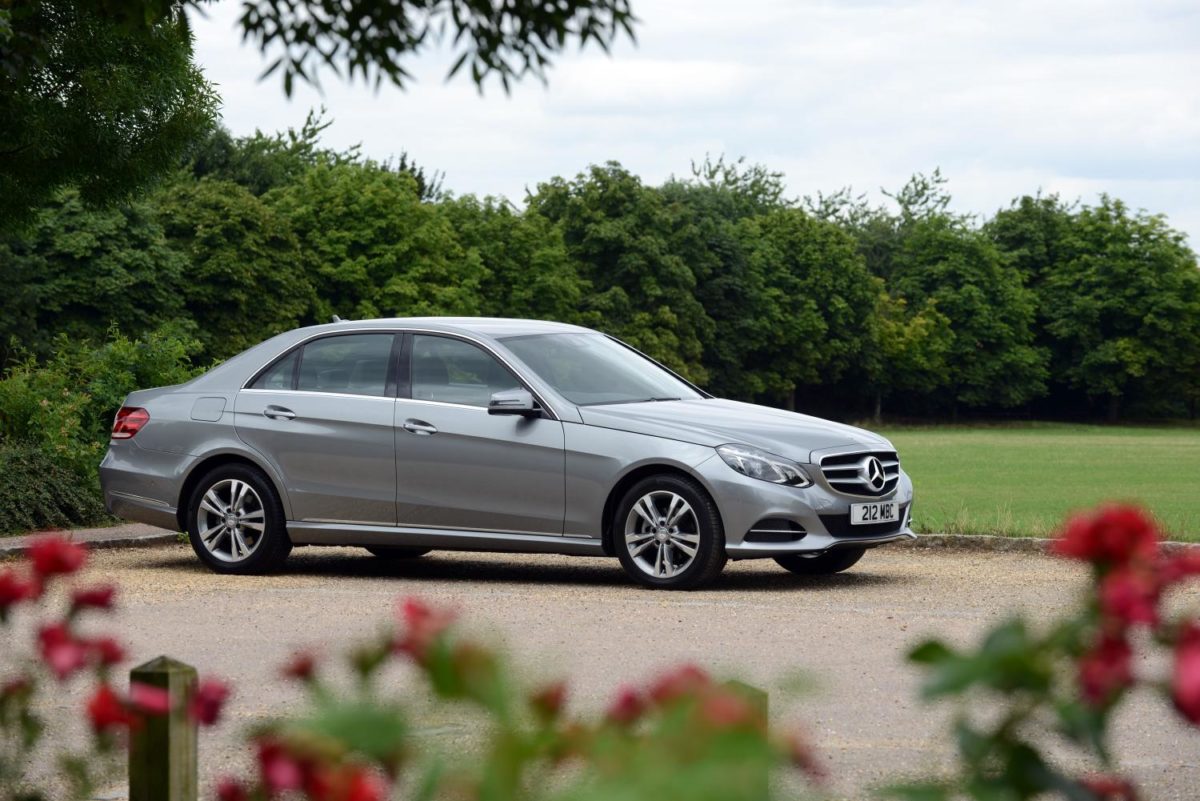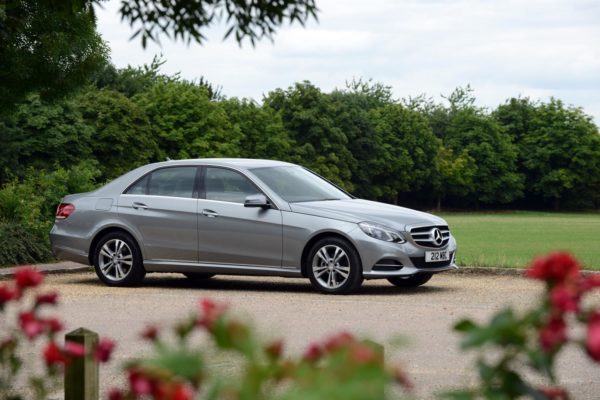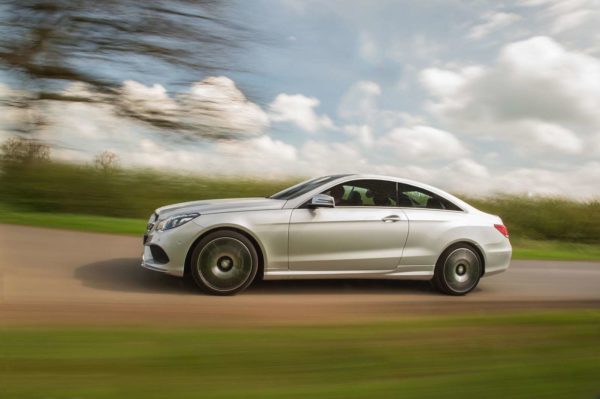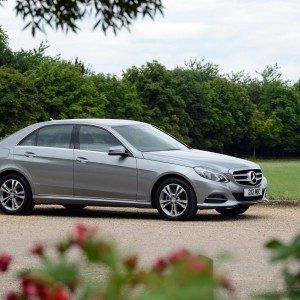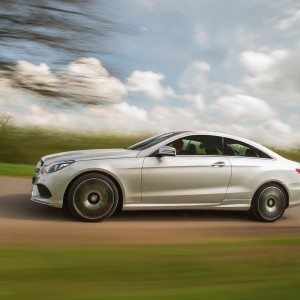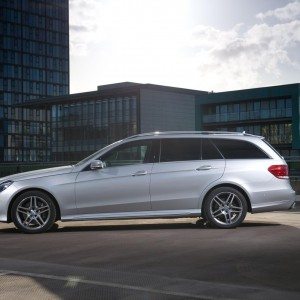The Mercedes-Benz E-Class is about to get one of the most awaited upgrades. From September there will a number of changes for the E-Class range, including the introduction of the new 9G-Tronic gearbox, new standard equipment which, the company claims, will provide more power along with lower emissions.
The German car maker’s in-house developed 9G-Tronic gearbox will be twinned with the E 350 BlueTEC engine in the Saloon, Estate, Coupé and Cabriolet. Company claims that this pairing brings a significant reduction of up to 17 g/km of CO2 emissions which now start form 149 g/km for the Coupé, 154 g/km for the Saloon and Cabriolet and 159 g/km for the E 350 BlueTEC Estate. Power is also said to have increased to now total 258 hp which is 6 extra than the current version.
The E 220 BlueTEC will see an increase in power to 177 hp (+ 7hp), with a reduction in CO2 emissions of up to 16 g/km whilst still being paired with the 7G-Tronic transmission. The E 220 BlueTEC SE Saloon is said to boasts the lowest CO2 emissions of the range at 116 g/km. Capacity of the E 400 AMG Sport will be known moving forward as the E 400 AMG Line and capacity of the V6 will increase for both the Coupe and Cabriolet to 3,498 cc, again with lower emissions of up to 17 g/km.
The E-Class will also be able to save its a… rear thank to the Collision Prevention Assist Plus that will come as standard to every E-Class Saloon, Estate, Coupe and Cabriolet to reduce the impact of rear-end collisions. The system provides visual and acoustic warnings when a head-on collision is imminent. The adaptive brake boosting effect and activation of Pre-Safe take place when the driver applies the brake. In case the driver fails to respond, autonomous braking will be activated at speeds up to 62 mph to reduce the severity of a collision with slower or stopping vehicles. The system can also brake in response to stationary vehicles at speeds up to 30 mph and prevent rear-end collisions at speeds of up to 24 mph.
Stay tuned into Motoroids for more news from the world of auto.

